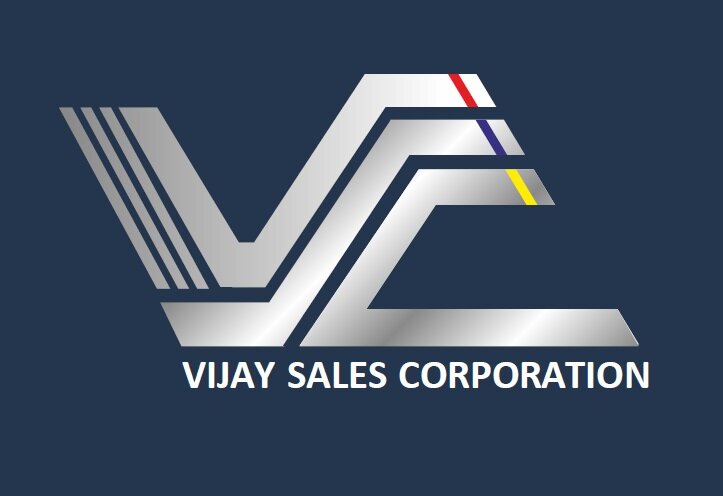Seamless Pipes Prices: A Comprehensive Guide
Seamless steel pipes constitute critical components across oil & gas, construction, automotive, and industrial sectors. However, pricing intricacies due to raw material constraints, complex manufacturing limitations, and market volatility make procurement planning a challenging task. Discover our range of MSL Seamless Pipes to meet these diverse industrial needs.
Introduction
Surging infrastructure development and energy security needs paint a promising picture for steel pipes demand. The global seamless pipes market is expected to reach $142.3 billion by 2030 expanding at a healthy 6.2% CAGR owing to major government capital outlays towards water, gas, and oil transportation networks along with large cross-country pipeline projects. Stay informed about the latest developments with our MSL Price List.
However, manufacturers and bulk buyers need to brace for continued pricing unpredictability stemming from demand-supply macroeconomics as well as cost dynamics along the production chain ranging from iron ore availability to finished pipe cost economics.
| Key Seamless Pipes Industry Stats | ||
|---|---|---|
| Market Value (USD Billion) | 92.3 | 142.3 |
| CAGR | NA | 6.2% |
This necessitates an in-depth perspective into all aspects encompassing raw material prices, manufacturing limitations, product premiums, regional demand drivers and technological innovations that dictate price levels and movements.
Key Determinants of Seamless Pipe Pricing
Seamless pipe pricing is influenced by raw material fluctuations, process economics, product specifications and evolving industry trends.
Impact of Steel Price Volatility
Steel comprises over 90% of the input material for seamless pipe production, implying that price dynamics of key steel feedstocks like iron ore, coking coal and scrap metal have a direct bearing on end-product costing.
Additionally, regional grade variations in iron ore and steel input result in domestic cost differences. Industry pricing benchmarks like the Platts TSI assessments also guide steel indexation causing a ripple effect on supplier negotiations.
Manufacturing Process Cost Structure
The intricate production process involving steps like heating steel rounds, piercing, hot rolling, heat treatment, testing and finishing plays a pivotal role in determining base price levels and minimum efficient economies of scale for seamless pipe mills.
Large diameter seamless pipe production requires substantial Capex towards machinery like hydraulic presses, mandrel mills, cooling beds and testing equipment entailing significant depreciation and overhead cost absorption.
Impact of Product Attributes
Apart from usage volumes, technical considerations like size, thickness, strength, diameter tolerances, testing methods and material grade impact functionality expectations as well as price premiums for seamless pipes.
Market Side Demand-Supply Dynamics
Industry-specific consumption patterns, extent of competition intensity, access to trade avenues and prevailing policy regulations result in dynamic pricing shaped by the interplay of demand-supply, entry barriers and substitution threats from steel alternatives.
Regional Pricing Variations
Global demand for seamless steel pipes is projected to rise exponentially over the coming decade on the back of public and private sector capital outlays towards energy infrastructure and sustainable urban connectivity. However, visible pricing disparities exist between mature Western markets and emerging Asian suppliers.
China’s Production Dominance
China controls over 50% supply share of the global seamless pipes industry producing 55 million metric tons annually. Chinese mills leverage inherent cost advantages due to stable domestic iron ore and coal availability, economies of scale, latest automation technologies and favorable export incentives.
India - Focus on Self Sufficiency
India’s steel pipe industry, pegged at $9 billion in size, caters predominantly to indigenous upstream, refining and public infrastructure sectors through over 100 manufacturers competing fiercely to serve value-focused customers. Volatility in imported steel pricing and market fragmentation remain key challenges. The leading manufacturer of Seamless Pipes in India is Maharashtra Seamless Ltd.
The Western Markets Pricing Dilemma
Players in Europe and North America contend with cost competitive imports even as most of the local demand gets served through domestic sourcing owing to strategic trade policies, customization needs and focus on high-grade steel. As sustainability considerations gain priority, the tables could turn in favor of agile developed country mills over the next decade.
Emerging Trends Reshaping Market Dynamics
Both rapid technology proliferation and new product development are expected to transform production cost dynamics as well as unlock new performance benefits translating into premium value creation avenues.
Potential of Smart Steel Technology
Industry 4.0 solutions including analytics, IoT sensors, automation and metaverse-enabled collaboration in steelmaking can enhance reliability, accountability, planning and product customization while optimizing raw material usage - eventually bringing cost competitiveness.
Advanced Materials Inroads
Offerings with enhanced corrosion resistance and high strength properties are steadily gaining traction catering to critical applications in demanding areas such as Arctic oil exploration, deepwater drilling, and high-temperature power projects. These usher in lifecycle cost advantages despite premium pricing.
Sustainability Priorities
With governments emphasizing clean steel capacity addition through incentives and regulations, innovative low-emission production techniques can obtain a competitive edge owing to long-term cost benefits negating initial Capex investments.
Strategic Cost Mitigation Levers
While price fluctuations remain unavoidable, forward-looking planning focused on critical procurement functionality areas including supply base consolidation, demand forecasting and inventory strategy provides vital risk mitigation levers to balance costs.
Supplier Base Rationalization
Vetting a panel of suppliers on total cost perspective while evaluating consistency in quality, logistics and technology maturity ensures better predictability and value co-creation scope while minimizing maverick buying.
Demand Planning for Procurement Optimization
Accurate volume forecasts and tracking leading indicators provides better visibility into imminent price changes supporting planning and timing for contract negotiations, stockpiling decisions and cash flow alignment.
Inventory Strategy Optimization
Balancing working capital costs without compromising on buffer inventory needs during unforeseen supply disruptions or demand spikes provides a lever to handle uncertainty through business cycles while ensuring product availability.
Conclusive Insights
This comprehensive guide arms businesses to devise integrated steel procurement plans through a sustainable cost management approach rather than a conventional transactional buying tactic. With both external dynamism and internal capability enhancement opportunities set to accelerate, strategy needs to emphasize on long-term supply assurance alongside cost considerations. Explore our extensive collection of MSL Seamless Pipes to support your procurement strategy.


